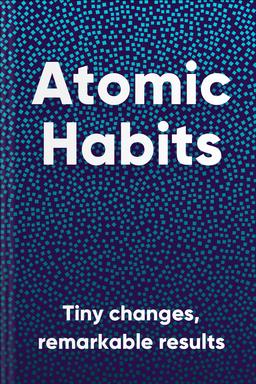You’ll learn
- Reasons why changing habits is so difficult
- How habits and identity are interconnected
- What are implementation intention and habit stacking
- How to make good habits attractive
russia has launched a full-scale war in Ukraine. Donate to support Ukraine and protect the world’s peace.

first KEY POINT
Think of your habits like a savings account for your life. Every small action you take today earns interest tomorrow. When you read for just 10 minutes each morning, you're not just learning — you're becoming the kind of person who prioritizes growth. After a year, that's over 60 hours of new knowledge.Here's how this works in your daily life: completing one extra task each day might seem insignificant, but over time, you're training your brain to see yourself as someone who gets things done. Your productivity compounds because you've automated the decision to act.
To see compounding magic in action, try this: Send one genuine compliment to a colleague each week. It takes 30 seconds, but you're building a reputation as someone who lifts others up. People remember how you make them feel, and they'll want to help you succeed.But here's the thing — bad habits compound, too. Skipping one workout feels harmless, but each miss makes it easier to skip the next one. Soon, you've programmed yourself to be someone who doesn't exercise. The good news? You can reverse this pattern starting with your next choice.Your results often lag behind your efforts. You might do push-ups for weeks without seeing visible changes, but your body strengthens with each rep. Trust the process — your breakthrough is building beneath the surface.Did you know? According to James Clear, a daily improvement or regression of 1% will leave you 37 times better or worse at the end of a year.
second KEY POINT
You've tried to change before, and it felt impossible, right? Here's why: you might have been focusing on the wrong thing. Instead of forcing yourself to want different results, focus on building the systems that create those results automatically.Think of it this way: if you want to lose weight, don't set a goal to lose 20 pounds. Instead, build a system of someone who never misses workouts. Set out your gym clothes the night before. Choose a gym that's on your way to work. Place your water bottle and earphones near your keys.Goals tell you where you want to go, and systems show you how to get there. Anyone can set aims, but those who achieve these ambitions have created a good strategy for reaching their objectives.

Continue reading with Headway app
Continue readingfirst KEY POINT
second KEY POINT
third KEY POINT
fourth KEY POINT
fifth KEY POINT
sixth KEY POINT
seventh KEY POINT
eighth KEY POINT